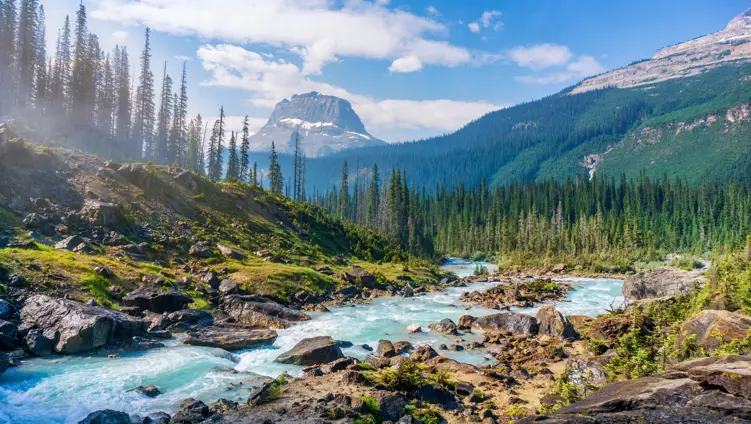Colleen Cooley is a Navajo river guide on the San Juan River. Water Flows Together, a recent film named after her maternal grandfather’s clan, captures her perspective on guiding and our connection to the land.
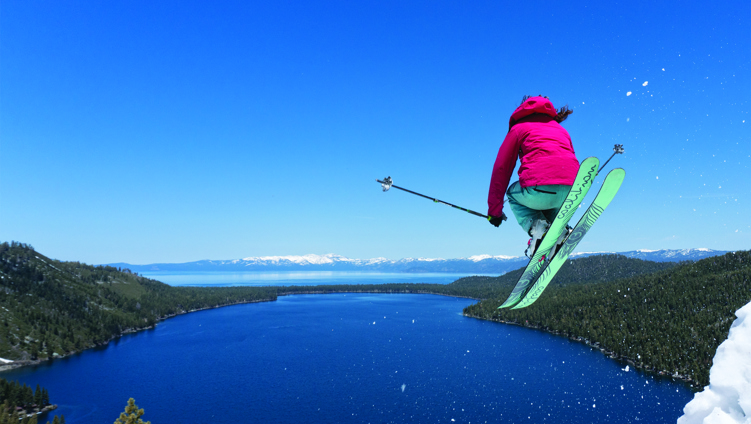
Colleen Cooley is a Navajo river guide on the San Juan River. Water Flows Together, a recent film named after her maternal grandfather’s clan, captures her perspective on guiding and our connection to the land.
Becoming a river guide made sense to Colleen. Growing up on the Navajo Nation in Shonto, Arizona, she was immersed in the natural landscape. But it is perhaps surprising that there was no river or major body of water anywhere nearby. Even the closest water source was about fifteen miles away.
Colleen’s guiding journey started in earnest when her sister, the first Navajo woman to work as a licensed commercial river guide on the Colorado River, set up a training programme to help more Native Americans into river guiding at Northern Arizona University (NAU). Colleen completed the programme in 2008, and “just fell in love with it once I got on that river.”
Photo courtesy of Palmer Morse at Spruce Tone Films
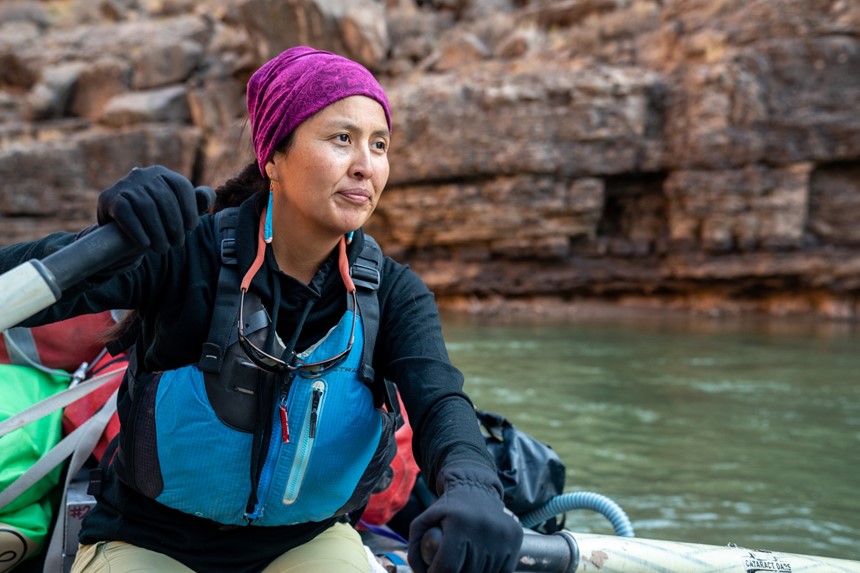
She became a guide on the San Juan river in 2009 - one of the few Indigenous guides she knew at the time. This didn’t weigh on her as a young guide, but helping develop more Indigenous guides, and include more Indigenous perspectives in the outdoor industry more generally, has become an important focus of her work - especially as existing infrastructure remains fragile. The programme Colleen completed, for instance, is currently unable to run due to funding and permit problems.
A decade after qualifying, Colleen would like to support this infrastructure through her own mentorship program for Indigenous guides, because she still sees a need for training and mentorship amongst Indigenous youth interested in working in the outdoor industry. “Beyond scholarships and internships there needs to be mentorship - role models for Indigenous youth and people of colour - because we see the world and are faced with challenges through a different lens,” says Colleen. “I personally wish I had more role models to look up to when I first started guiding in 2009.”
Black Lives Matter has helped add impetus to the question of diversity in the outdoors, but Colleen points out that in many cases organisational responses to this are superficial, or initial - the start of a learning process rather than a solution. “So one of the things I'm working on personally is challenging some of these organisations and companies to really think about what it means to be more diverse, equitable and inclusive,” she says. Putting out a statement, investing money in diversity and placing Indigenous people in positions of influence all carry value. But for Coleen the true goal should be for organisations to really understand and respond to the challenges faced by Indigenous and minority communities.
One avenue for this work for Colleen is the Flagstaff Mountain Film Festival. She now sits on the board, with a particular focus on championing Indigenous films and filmmakers. “Flagstaff is the original homeland to many tribes, including my own, the Diné (Navajo) Nation,” says Colleen, “so it makes sense to be inclusive of our perspectives and voices.” She says there has been an improvement in the number of Indigenous voices represented in film festivals, although this is a work in progress.
Photos courtesy of Palmer Morse at Spruce Tone Films
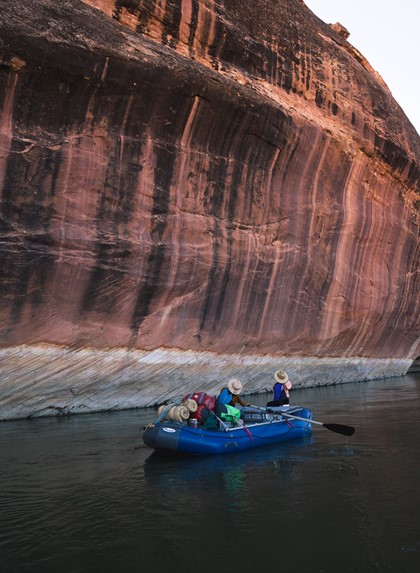
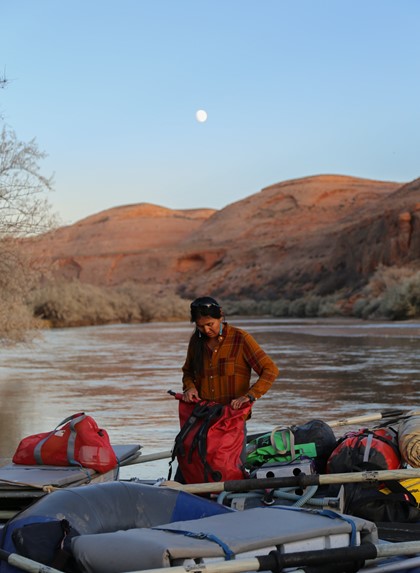
Colleen says her cultural background infuses her approach to guiding. Beyond the natural history of the river, for example, she prefers to offer stories and knowledge rooted in her own experiences and the ancient experiences of Indigenous tribes in the area: details like the medicinal uses of plants, and the cliff dwellings built as early passive solar homes.
She doesn’t think this makes her any better than other guides - just different. Guides all bring something distinct. But to listen to Colleen speak about her connection with the land, in Water Flows Together and in person, is to hear a humility and reciprocity relatively uncommon in contemporary Western culture.
“I carry corn pollen with me everywhere I go,” Colleen says of this connection. “For us it’s used for offerings and during certain prayers that we have.” Before trips Colleen offers pollen “to the river and the landscape, to have a good journey … and just to say,‘We’re here to experience this place together and not provide any hindrance or destruction to the landscape.’”
“As humans we have to remember we are parts of the landscape; we are part of nature, and we're not separate from it,” Colleen continues. On one level we know this, of course, but internalising it is more difficult in light of the ways we’ve designed this connection out of our lives. How can we do better? Navajo culture, and other Indigenous cultures rooted in reciprocity with the land and preserved through generations, might offer part of the answer, if approached with a spirit of humility and learning.
For many Indigenous cultures, Colleen explains, “our ceremonies, our culture, our lifestyle, our clans, our stories, our teachings … it is all connected to the natural elements; the plants, the animals, the moon, the sun, and the water. All of it is interconnected. That is what I try to share with guests and other people.”
To illustrate the point, Colleen often asks where people’s drinking water comes from. Most people don’t know, although awareness is improving. Indeed, it was only after our conversation that I learned that my drinking water in Vancouver comes from three watersheds - the Capilano, Seymour and Coquitlam - each with its own reservoir. The more connections like this we make, the more likely we are to care and take proactive steps to support conservation and systemic environmental change.
Environmentalism is therefore intimately entwined with the fight for recognition and justice for Indigenous communities. The question of land runs through both, and success on one front helps success on the other. “Now you know whose lands you are on,” says Colleen, citing the greater awareness of unceded Indigenous lands. “Now go beyond that acknowledgement and learn about the Indigenous peoples of those lands, and the issues they may face or the traditional foods they grow and harvest.”
Photos courtesy of Palmer Morse at Spruce Tone Films



A few years ago Colleen moved back to live near her parents - something she always knew she would do. Her rootedness makes it hard to move away, she says - a connection symbolised by the fact that in Navajo culture a baby’s umbilical cord is buried near its home. Alongside guiding and facilitating diversity through the Flagstaff Mountain Festival and other avenues, Colleen plans to engage more deeply with her culture: with her family, the animals, the language, weaving, farming, songs, stories and prayers. .
We wish her well through 2021, and hope to do more at Adventure Uncovered to platform Indigenous voices and arguments for a deeper connection to the land.
This interview is tied to our resolution to cover Indigenous adventure perspectives in 2021. If you know about a story you think we should tell, we’d love to hear about it, either as a tip or a pitch.

